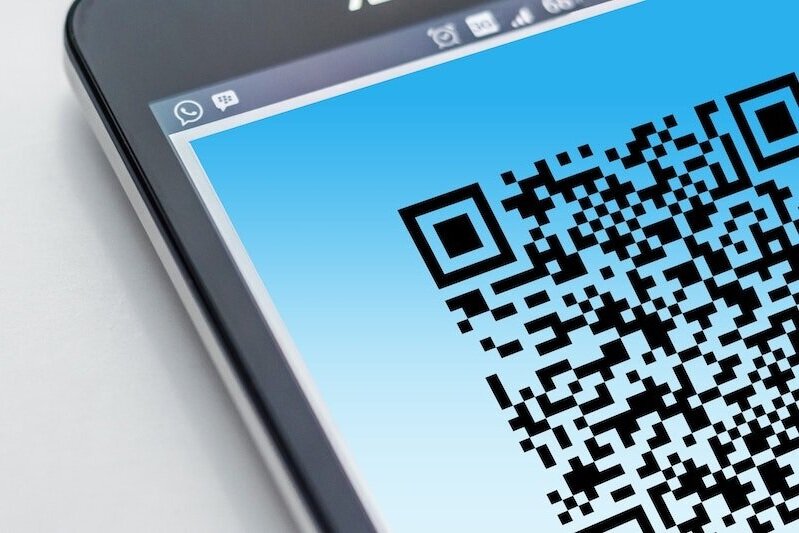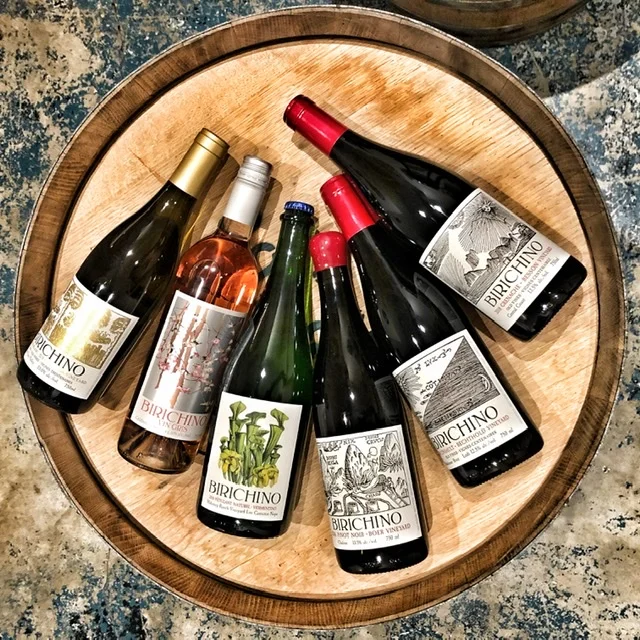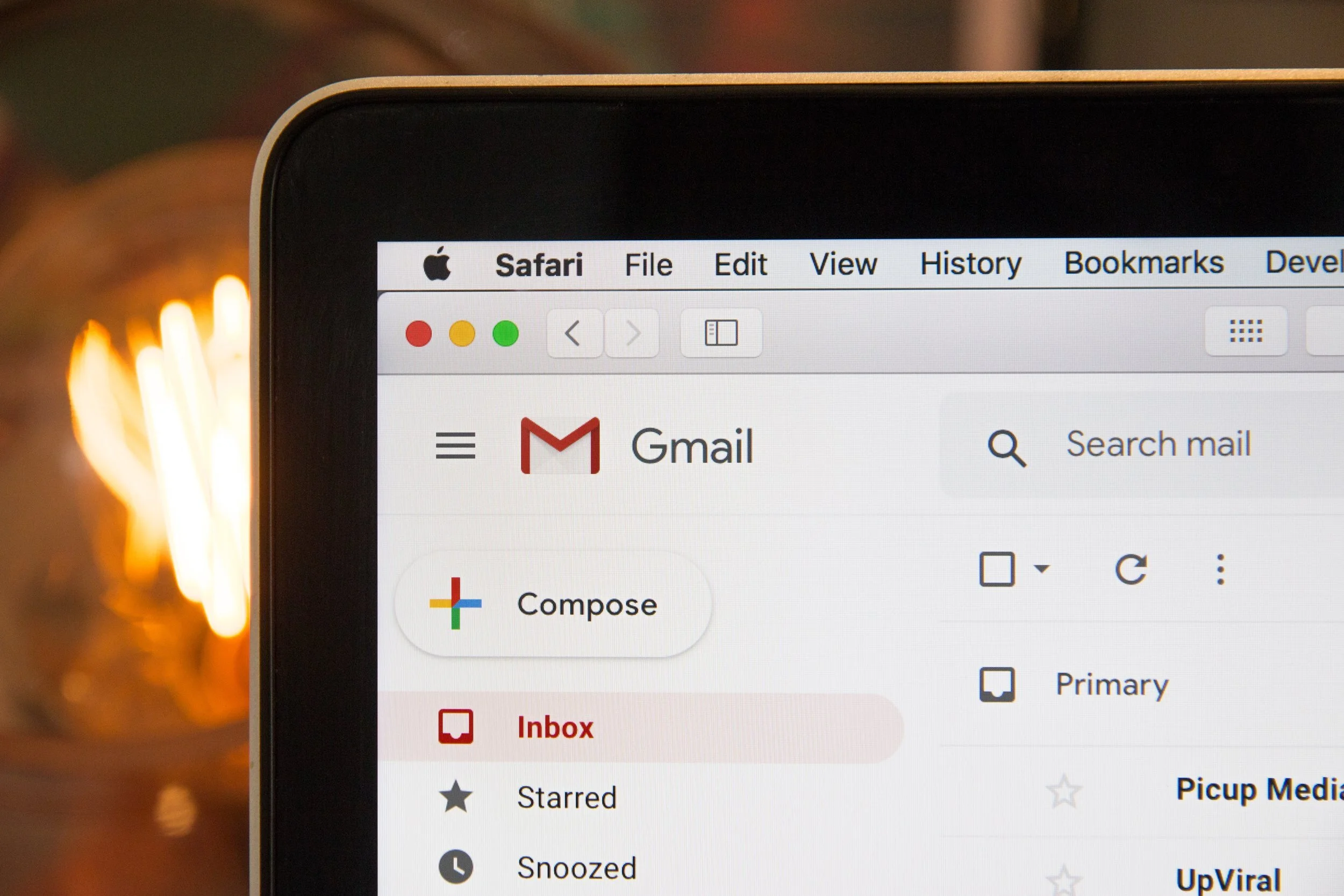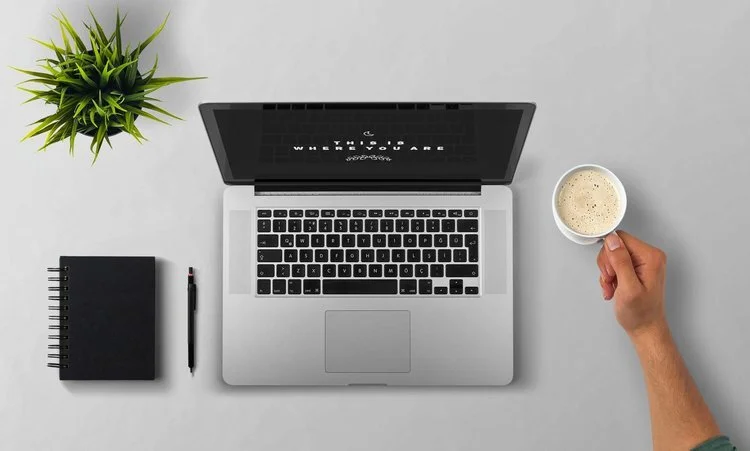The Rise of QR Codes and Contactless Payments
If you’ve been to a restaurant, a tasting room, or even a coffee shop lately, you may have noticed a rise in technologies that limit contact—a precaution to help limit the spread of COVID-19. While QR codes and contactless payment are seeing a resurgence, these technologies are not new.
Learn more about these technologies and see why they are not only great for limited contact during a pandemic, but are a convenient payment and communication option for both craft producers and their customers.
The QR Code Comeback
QR codes (the QR stands for quick-response), in particular, have been around since 1994. These square barcodes have been seen on packaging, advertisements, and menus for years, but the usage was low. Their square shape is what allows them to be read both vertically and horizontally. They can hold huge amounts of data, be read with your smartphone, and quickly connect to any digital platform or website.
One thing that held QR codes back in the past was the need to download a QR code reader app in order to scan the barcodes. 2017’s iOS 11 update changed that for iPhone users. The update allowed codes to be scanned directly through the camera app. Android smartphones have made QR code scanning a native feature as well.
With the onset of the pandemic, we’re seeing an uprise in QR code use. Establishments are doing away with menus to eliminate the amount of materials that guests and staff are touching and passing back and forth. Instead, many establishments are now presenting a QR code on a small piece of paper or posting a sign that everyone can scan. The customer opens up the photo app in their smartphone, aims it at the QR code, and is taken to a specific landing page.
How are Craft Producers Using QR Codes?
Tasting rooms are getting creative with these QR codes and where their customers are directed after scanning. For example, craft producers can build a landing page specifically for the tasting room that isn’t accessible from the regular website. That unique landing page can be aimed at that day’s specials or other content and promotions that are relevant for in-person visitors. Customers get a custom, targeted, and up-to-date view of your brand and offerings.
If you have an eCommerce store, like with VineSpring, you can also have customers make contactless eCommerce purchases from their phones while they’re in your establishment. VineSpring’s scalable and responsive eCommerce platform creates a fast and simple experience on mobile, desktop, and tablet.
Other ideas for customizing your in-person experience with QR codes include linking to a customer satisfaction survey, loyalty and club program information, access to Wi-Fi networks, or even a way to attract more followers on social. QR codes offer a great opportunity to make your customers feel special with exclusive, in-person offers and a safe, contactless way to purchase.
Another upside to using a landing page to present information to in-person guests is that you can easily update the page without the hassle of re-printing. This is especially important if you’re using the QR code on packaging and want to update the messaging—all you need to do is update the connected landing page.
As just one of the many new consumer buyer behaviors spurred by the events of 2020, more and more, guests are getting used to the process of using QR codes to view menus and other information. With the added safety element of limiting contact with staff, tasting room guests tend to be receptive to the codes and feel more comfortable reducing exposure as much as possible.
A Safer Way to Pay
Contactless payments can be done in a number of ways. As mentioned above, customers can use a QR code to go to a landing page and purchase there from their phones. VineSpring customers can also use VineSpring’s membership-focused POS or the integration with Square to perform contactless payments with the POS reader and their chipped card or smart device.
When using VineSpring’s POS, you’ll be able to see pertinent customer information at the time of purchase, like club information, lifetime sales, orders awaiting pickup, notes, and more. Craft producers can use this information to further connect with the customer and make personalized recommendations.
Contactless payments are much more secure than payments via magnetic-stripe cards. Magnetic-stripe cards originated in the 1960s and are now considered outdated technology. The information associated with your bank account on the magnetic stripe card is static. That means that if anyone gets ahold of your card, it’s relatively easy for them to steal your data and go on a shopping spree.
By using contactless payments, no physical contact between the buyer’s smartphone or credit card and the POS system is necessary. When doing a contactless payment, you’re using near field communication (NCF) technology. It uses a radio frequency identification that allows the card or smartphone to communicate with the payment reader when they’re about ten centimeters apart or closer.
If your debit or credit card has a chip, you should be able to pay for items by tapping or waving the card above the payment reader. The data on chip cards is constantly changing, making it much more secure and extremely hard to isolate and extract. Someone would have to get into the physical chip circuit and manipulate the data in order to get your bank information. This is no easy task, even for the most sophisticated fraudsters.
Some smartphones and smartwatches can also use NCF technology and apps, like Apple Pay, to complete a contactless mobile transaction. Customers need to open the app and put their watch or phone close to the chip reader in order to make a payment.
Beyond the Pandemic
Many craft producers have realized how useful QR Codes and contactless payments can be to make the experience safer and, in many ways, more convenient for customers. Noth only does this technology allow limited contact, but it also presents a more secure method of payment and allows businesses to easily deliver personalized content to customers. We expect these technologies to become more than a pandemic trend, and to continue to live on and evolve in the future.












